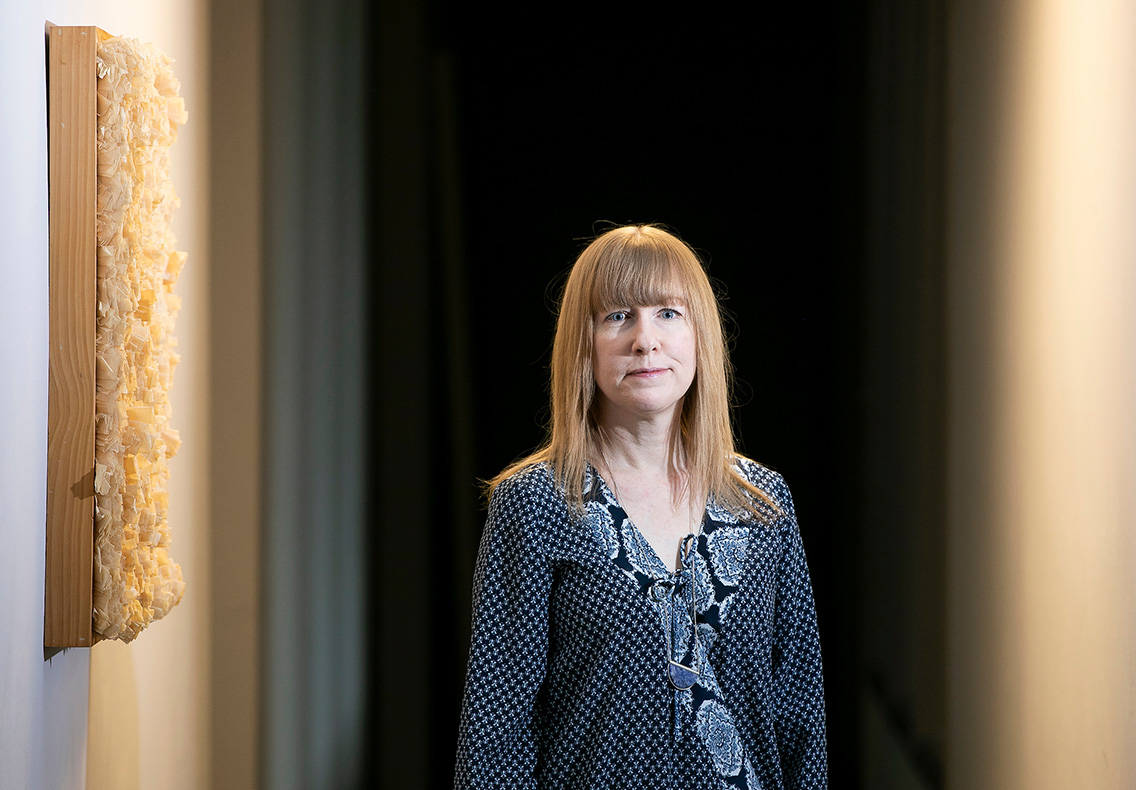
Trends: a grand future for art history

Photo by Ty Wright for CCAD
Jeannine Kraft, Chair of CCAD’s History of Art & Visual Culture Department, just returned from this year’s College Art Association conference, the largest art history conference in the United States. She shares what’s new in the world of art history.
What are new approaches to art and design history education?
An interesting approach is art and social practice, and how to use it as a teaching tool to engage students in the classroom. A socially engaged arts practice is about relationships between people rather than the creation of an art object. It’s creating an orchestrated experience and using that to bring attention to sociocultural issues.
Are there any emerging themes in art and design history research?
One key ongoing issue has been bringing a greater diversity to how we look at art and design history. In terms of scholarship and how we teach, we’re trying to look at groups that have been marginalized in the past and bring them to the forefront.
Where do students go now to keep up to date?
Interesting places are news outlets—Hyperallergic, artnet News, the New York Times. A lot of our students are interested in how they contextualize their work in the world that’s going on around them.
What cool projects are students in CCAD’s History of Art & Visual Culture program working on?
We did a socially engaged arts project, Hope Without Fear, about how to foster civil discourse. And for their Chroma project, our curatorial practices class is putting together an exhibition from the archives of CAPA.
Learn more about Columbus College of Art & Design's History of Art & Visual Culture program, or apply now.
Post date
February 25, 2019